Large heavy duty lathes: technology, application and extended functions
I. Industrial positioning and definition of heavy duty lathes
As the "workhorse" of modern manufacturing, heavy-duty lathes refer to large-scale metal-cutting equipment weighing 10-30 tons or more. According to standards set by China's Ministry of Machinery Industry, machines weighing 10-30 tons are classified as large-scale, 30-100 tons as heavy-duty, and over 100 tons as super-heavy-duty. These integrated electromechanical systems combine mechanical, electrical, hydraulic, pneumatic, microelectronic, and information technologies, delivering exceptional advantages including high precision, efficiency, automation, and flexibility.
Heavy duty lathes are mainly divided into vertical and horizontal types. Among them, the machine with diameter of more than 1.4 meters and length of more than 5 meters is the core equipment in the field of heavy machinery manufacturing, which is specially used to solve the machining problems of "large, heavy and precision" workpieces such as large flanges, heavy shafts and pipe fittings.
II. Classification and technical characteristics of heavy duty lathes
1. Vertical heavy duty lathes
The spindle of the vertical lathe is perpendicular to the horizontal plane, the workpiece is clamped on the horizontal rotary table, and the tool holder moves on the crossbeam or column. This structure is particularly suitable for machining large complex parts with large radial dimensions and relatively small axial dimensions.
Working range: worktable diameter from Φ1000mm to Φ5700mm, maximum workpiece height from 600mm to 4000mm
2. Horizontal heavy duty lathes
The spindle of the horizontal lathe is parallel to the horizontal plane and rotates the main motion, and the large tool holder moves along the longitudinal direction of the bed. This structure is suitable for machining long shafts, pipes, large flanges and other workpieces.
technical feature :
Lifting capacity: the maximum load between two top is up to 6-160 tons, the maximum rotation diameter 1000mm-3150mm
Structural design: The modular design is adopted. Key parts such as bed, head box and tool holder are selected from Michanna high strength cast iron, which has good material stability and can withstand heavy cutting and maintain precision for a long time
Guide system: all lower guide rails are made of imported high wear resistance copper plate, and the scraping method is used to ensure the maximum contact area
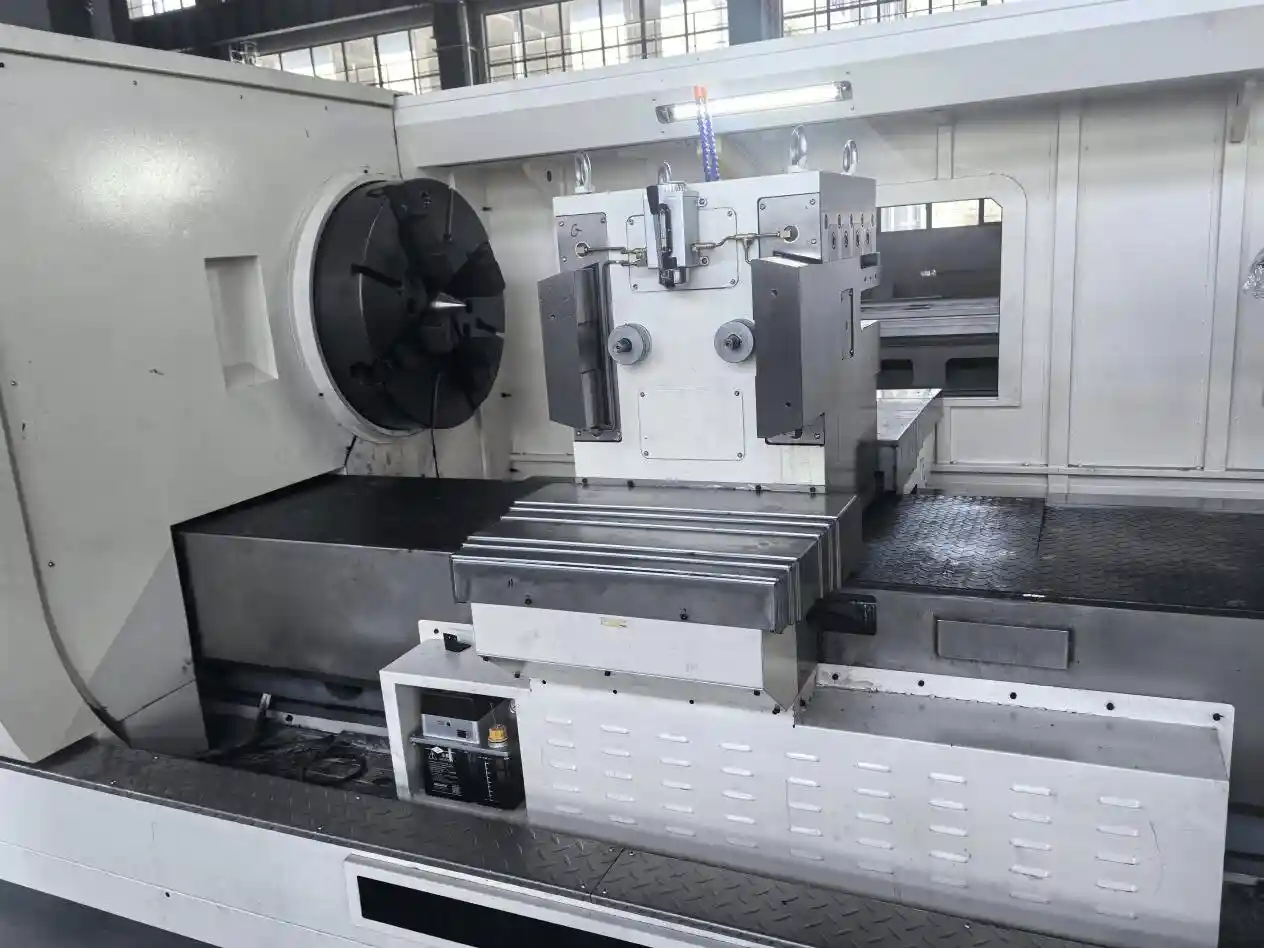
III. Core parameters and performance indicators
1. Basic processing ranges
Processing diameter: 1.4 m to 6.3 m (maximum turning diameter)
Processing length: 5m to 20m (super heavy models can reach more than 20m)
Carrying capacity: the load range of the workpiece is 8-500 tons, and the super heavy model can reach higher
2. Precision and power systems
Accuracy standard: positioning accuracy ±0.005mm, repeated positioning accuracy ±0.002mm (through laser interferometer compensation)
Main shaft system: typical three support structure, front bearing diameter up to Φ280-Φ320mm
Power configuration: main motor power 30-75kW, support constant speed cutting
3. Application of advanced technology
Modern heavy duty lathes use a number of advanced technologies to ensure machining accuracy:
Hydraulic guide technology: the worktable adopts hydraulic guide with large carrying capacity, less wear and tear, high operation precision and long service life
Dual drive system: in the state of turning, the dual drive motor adopts master-slave control; in the state of milling, the electronic pre-load gap control is adopted
Intelligent control system: Fanuc, Siemens and other world famous numerical control systems can be selected to achieve high speed and high precision servo control
IV. Core application fields of heavy lathes
1. Energy equipment manufacturing
Heavy duty lathes play a key role in the energy sector:
Wind power: Processing main shafts of wind turbines above 6MW, usually up to 8-12 meters in length
Nuclear power: reactor pressure vessel flange processing, diameter up to 4-5 meters, requires very high precision stability
Hydropower equipment: turbine rotor processing, large stainless steel parts need to be processed
2. Heavy machinery and transport equipment
Ship manufacturing: large ship crankshaft, propeller and other key parts processing
Rail transit: high-speed rail axle, gearbox and other precision parts processing
Chemical equipment: processing and manufacturing of large reaction vessels, pressure vessels and other equipment
3. Aerospace and defence
Aero engine: turbine disk, casing and other complex parts processing
Space equipment: parts of carrier rockets, satellite parts, etc
Defense equipment: transmission parts of heavy equipment such as tanks and armored vehicles
V. Detailed description of innovative expansion functions
1. Turning and milling functions
Modern heavy duty lathes have developed from a single turning function to a composite machining center:
Technical principle: By configuring the milling C-axis and power milling head, the machining of turning and milling can be completed in one clamping of the workpiece. The rotating table realizes the function of the turning spindle and milling C-axis.
Implementation method:
Dual spindle drive motor control to achieve C-axis pre-tightening clearance reduction in milling state
Adopt a variety of attachment head configuration and can be automatically exchanged, according to the actual requirements of the workpiece being processed, you can choose to equip right-angle boring and milling head, multi-station turning processing head, etc
Technical advantages: reduce the secondary clamping of workpiece, improve the processing accuracy and efficiency, especially suitable for large disc parts with many processes and complex shapes.
2. Sidetrack drilling systems (rig integration)
With the addition of a derrick device, the heavy lathe can achieve the function of drilling holes on the side of the workpiece:
technical feature :
Processing capacity: maximum drilling diameter Φ50mm (45 steel), support M20-M50 threaded hole processing
Positioning accuracy: ±0.05mm (grating scale closed-loop control)
Control system: X/Z axis is equipped with linear measurement system to improve positioning accuracy and repeated positioning accuracy
Application value: After the integration of side drilling function, the processing time of 12 side holes of a wind power gearbox enterprise is shortened from 3.5 hours to 1.2 hours, and the efficiency is significantly improved.
3. Composite grinding function
Expand the machining capacity of a traditional lathe by adding grinding accessories:
Configuration plan:
External circular grinding: diameter 1.2-4.5 meters, roughness Ra ≤0.8μm
End grinding: width 300mm, flatness ≤0.02mm
Advantages: The machining and grinding process are completed in one clamping of the workpiece, avoiding the error of reference conversion, especially suitable for high precision shaft part processing.
4. Intelligent and automation upgrading
Modern heavy duty lathes are developing towards intelligent direction:
IoT monitoring system: real-time collection of vibration, temperature and more than 200 parameters to achieve predictive maintenance adaptive control system: automatically adjust cutting parameters according to tool wear to extend tool service life automated equipment: equipped with automatic turret (up to 30 tools) to achieve long-term unmanned operation
VI. Safety operation and maintenance specifications
1. Workpiece clamping and pre-treatment
Weight control: more than 10 tons of workpiece needs to be installed with a support wheel device to avoid spindle overload
Balance test: dynamic balance test should be carried out before workpiece clamping, and the eccentricity control is less than or equal to 0.1mm
Special tooling: Use four jaw chuck or custom tooling to ensure clamping stability
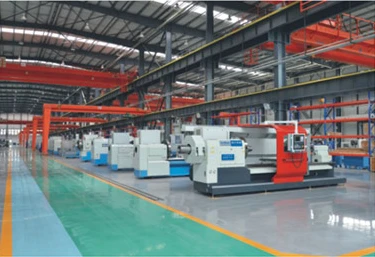
2. Process control
Cutting parameters recommendation table:
material type | Line speed (m/min) | Feed (mm/r) | cutting depth (mm) |
alloy constructional steel | 80-120 | 0.15-0.25 | 3-5 |
stainless steel | 90-150 | 0.1-0.2 | 2-4 |
iron casting | 70-110 | 0.2-0.3 | 4-6 |
Process monitoring:
Check spindle temperature rise every 2 hours (allowable range ΔT ≤25℃)
Stop immediately when there is a sudden noise, and return the knife for inspection if the blade is broken
Check the condition of cutting fluid regularly to ensure effective cooling and lubrication
3. Key points for routine maintenance
Check every 100 hours: Guide rail lubrication (recommended L-HM46 hydraulic oil), system pressure test
Monthly maintenance: test the radial runout of spindle (threshold ≤0.01mm), check the gap of screw
Annual maintenance: perform pitch error compensation to maintain positioning accuracy; check the integrity of the electrical system
VII. Selection guide for heavy duty lathes
1. Principle of capacity matching
The selection of heavy duty lathes requires comprehensive consideration:
Processing range: 20% allowance is reserved for the diameter and stroke of the worktable according to the size of the typical workpiece
Power requirement: calculate the required spindle power according to the material removal rate, heavy cutting conditions need to choose a large torque model
Accuracy requirements: precision machining should be selected with high precision machine with grating scale closed-loop control
2. Comparison of technical parameters
Reference for vertical and horizontal lathe selection:
item compared | vertical lathe | horizontal lathe |
Applicable workpiece | Large radial size and short axial length | Long shafts, pipe fittings |
Difficulty of fitting | Relatively easy | Need top support |
floor space | Relatively small | It requires a longer length of space |
weight capacity | Can reach hundreds of tons | Usually dozens of tons |
3. Functional considerations for expansion
Composite requirements: if there are multiple process requirements such as turning, milling, drilling, boring and grinding, the turning and milling composite center should be selected
Automation requirements: Batch production should be equipped with automatic turret and workpiece measurement system
Future upgrade: reserved interface is convenient for adding drilling platform, grinding platform and other accessories in the future
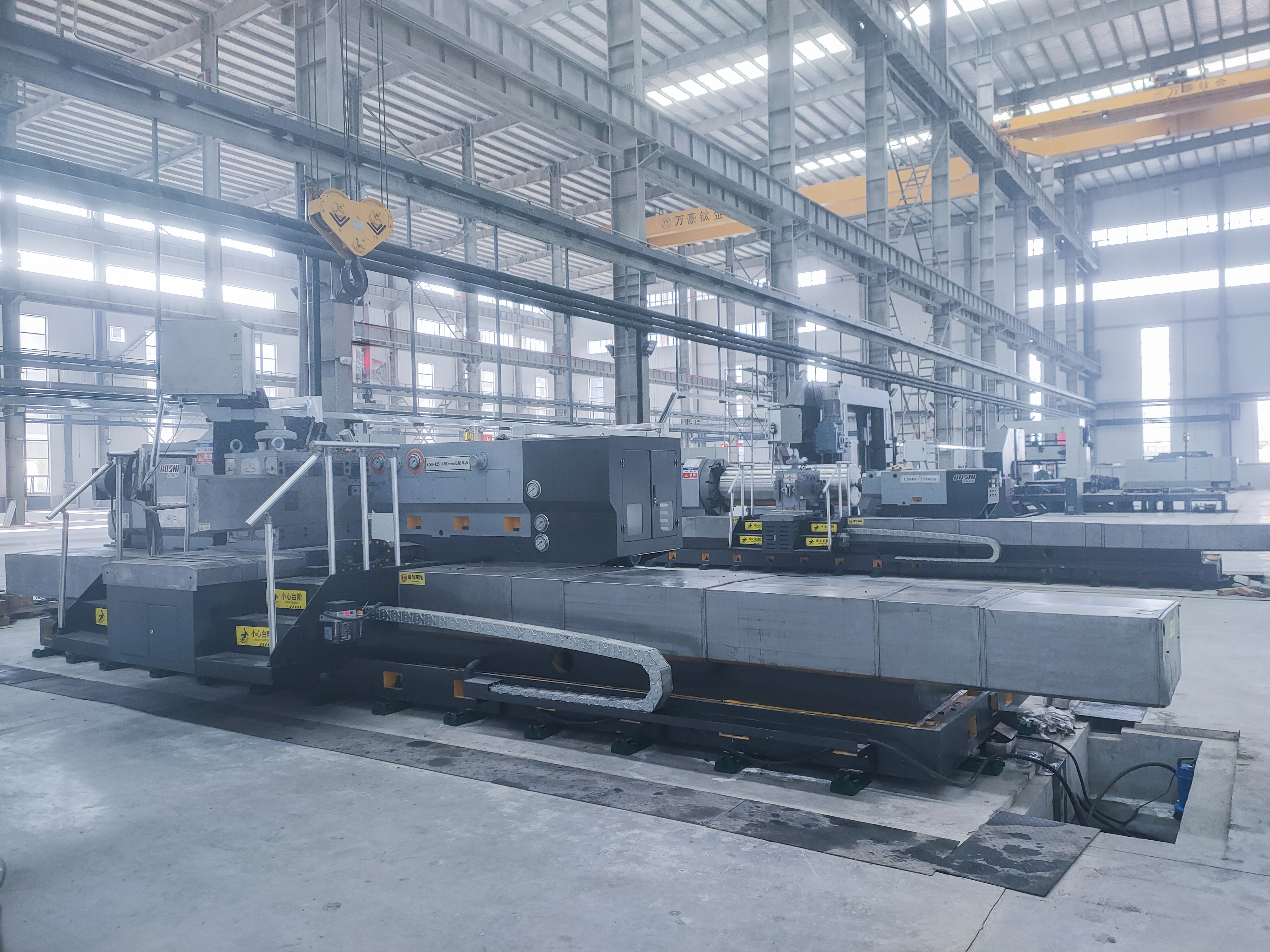
VIII. Technology Development Trends and Prospects
Heavy lathe technology is developing rapidly towards the direction of composite, intelligent and green:
1. Composite processing technology
By 2025, the demand for integrated lathe milling grinding machines will grow by more than 300%. Composite machining centers that complete all operations in one setup will become mainstream, greatly improving machining accuracy and efficiency.
2. Intelligent upgrading
Digital twin: Processing simulation coverage will reach 65%, enabling virtual debugging and optimization
Internet of Things: increased connectivity of devices for remote monitoring and predictive maintenance
Artificial intelligence: the adaptive control system automatically optimizes the cutting parameters according to the tool state
3. Green manufacturing
Energy consumption optimization: the energy consumption of new heavy duty lathes is more than 20% lower than that of traditional models
Environmental protection cutting: the use rate of water-soluble cutting fluid increased to 80%, reducing environmental pollution
Material innovation: Lightweight design reduces the amount of material used while maintaining high rigidity
Epilogue
As the cornerstone of equipment manufacturing, heavy-duty lathes directly determine a nation's capacity for self-sufficiency in critical industrial systems. With cutting-edge models exceeding 1.4-meter diameter and 5-meter length evolving toward high-precision, multifunctional, and intelligent configurations, these machines will continue to play an indispensable role in strengthening China's industrial competitiveness and ensuring national industrial security.
For manufacturing enterprises, selecting the right heavy-duty lathes requires not only considering basic machining parameters but also prioritizing expandable functionalities and long-term precision retention. Through strategic configuration and scientific application, these heavy-duty lathes can evolve into strategic assets that enhance core manufacturing capabilities, enabling companies to gain competitive advantages in cutthroat market competition.
In the future, with the continuous emergence of new materials and new processes, heavy lathe technology will continue to innovate, providing more advanced and efficient processing solutions for modern manufacturing industry.



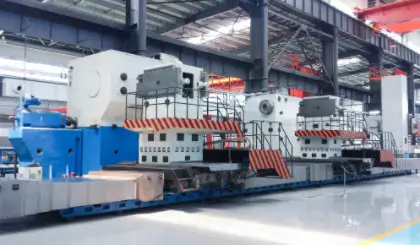
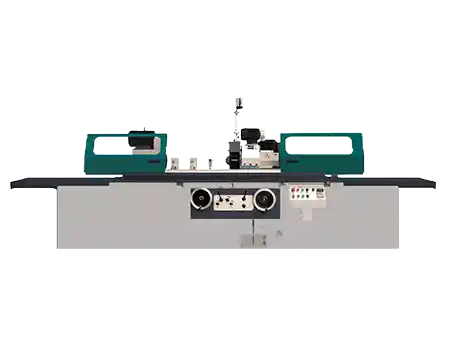
 Email
Email sales1: +86 13295238763
sales1: +86 13295238763

